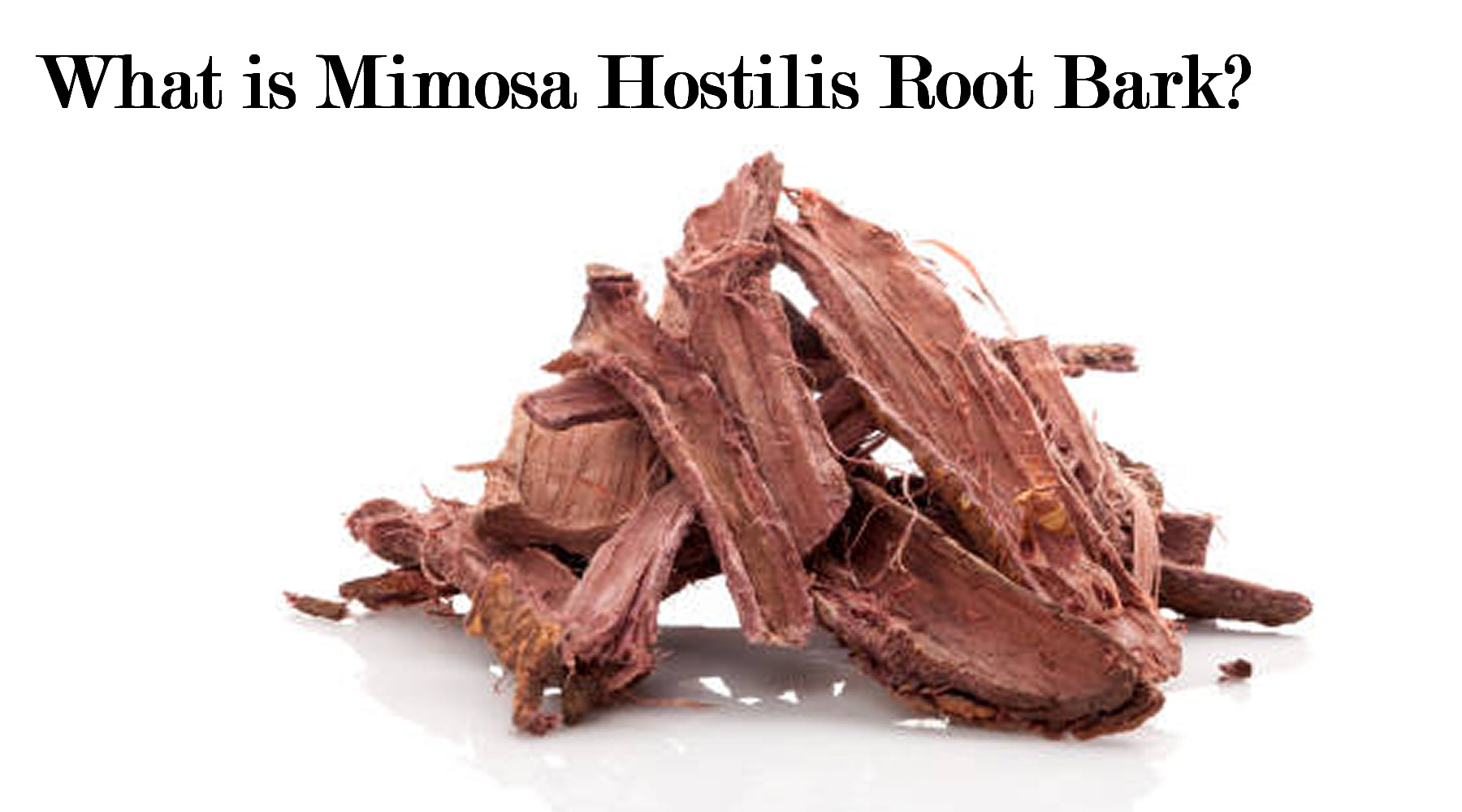When exploring the world of botanicals, Mimosa Hostilis Bark stands out with its rich history and extensive use in various applications. Also known as Mimosa Tenuiflora or Jurema Preta, this plant native to South America has taken root in global consciousness due to its myriad of uses. But what exactly is Mimosa Hostilis Bark, and why does it continue to pique interest worldwide? Let's delve into the intriguing details.
What is Mimosa Hostilis Root Bark?
Mimosa Hostilis, a perennial tree indigenous to Brazil, Mexico, and several other parts of South and Central America, is well-known for its tannin-rich bark. This tree, which can grow up to 26 feet tall, is characterized by its beautiful fern-like foliage and aromatic white flowers. However, it is the bark — particularly the root bark — that is most sought-after due to its varied applications in cosmetic, medicinal, and ceremonial contexts.

The Cosmetic Uses of Mimosa Hostilis Bark
The first among the many uses of Mimosa Hostilis Bark is in the realm of cosmetics. Rich in tannins, flavonoids, and alkaloids, this bark is ground into a fine powder and often incorporated into skincare products. These compounds have antioxidant properties, which help protect the skin against free radicals and environmental damage.
The bark's high tannin content also makes it an excellent natural dye. It is often used for fabric and leather, producing shades of pink, brown, and grey.
Medicinal Value of Mimosa Hostilis Bark
Moving on to the medicinal sphere, Mimosa Hostilis Bark has been traditionally used by indigenous communities for its healing properties. Known to help in wound healing and skin regeneration, the bark is often made into a poultice and applied directly to the skin. Recent scientific studies have backed up these traditional uses, with findings suggesting that the bark's compounds might support wound healing and offer antibacterial properties. However, more research is needed to fully understand the extent of its potential medicinal uses.

Ceremonial Uses of Mimosa Hostilis Root Bark
In addition to the cosmetic and medicinal applications, Mimosa Hostilis Root Bark has been an integral part of various spiritual and ceremonial practices. The bark, especially the root bark, is rich in DMT (Dimethyltryptamine), a naturally occurring psychedelic compound. Indigenous cultures have used it for centuries in spiritual rituals for its psychoactive effects, always respecting its power and treating its use as a sacred act. Note that DMT on its own is illegal in many countries, and its use should always respect local laws and customs.
Sustainability of Mimosa Hostilis Bark Harvesting
As the popularity of Mimosa Hostilis Bark continues to rise, questions around its sustainable harvesting have arisen. It's essential that the collection of the bark does not contribute to deforestation or habitat destruction. Fortunately, many suppliers are now prioritizing sustainability, using methods that don't harm the tree or negatively impact the surrounding ecosystem. These practices often involve pruning or taking only a portion of the root bark, allowing the tree to heal and continue growing.
Mimosa Hostilis Root Bark at Ethereal Gold Dispensary
Mimosa Hostilis Bark, with its rich tapestry of uses, offers a compelling study of how nature's bounty can touch our lives. From cosmetic and medicinal applications to ceremonial uses, this unique plant has undoubtedly marked its place in various cultures. However, as we continue to explore and appreciate the benefits of this remarkable tree, it's crucial to prioritize sustainable and ethical harvesting methods to ensure its longevity and continued availability for future generations.
Whether you're drawn to the natural dyeing possibilities, the potential skincare benefits, or the cultural and historical significance of Mimosa Hostilis Bark, remember to source your products responsibly, and explore its wonders with respect and care.
The intricate world of botanicals is indeed a fascinating journey, and Mimosa Hostilis Bark is just one of the numerous remarkable stops along the way. If you are interested in a full panel tested, Mimosa Hostilis Root Bark product, Ethereal Gold Dispensary carries a line of delicious chocolates and potent gummies that are made with a proprietary blend of mushrooms and natural ingredients including Mimosa Hostilis Root Bark. Try out these tasty treats today!
Ready to experience what Mimosa Hostilis Root Bark has to offer? Take 10% off your non-subscription purchase with the code JULYBLOG!
FAQ
What is Mimosa Hostilis Bark?
Mimosa Hostilis Bark is the bark of the Mimosa Tenuiflora tree, a species native to South and Central America. It is known for its tannin-rich content and is used extensively in cosmetics, traditional medicine, and spiritual ceremonies.
How is Mimosa Hostilis Bark used in cosmetics?
The bark is often ground into a fine powder and incorporated into skincare products. It contains compounds such as tannins, flavonoids, and alkaloids, known for their antioxidant properties, which help protect the skin against environmental damage.
What are the medicinal uses of Mimosa Hostilis Bark?
Mimosa Hostilis Bark has traditionally been used for its wound-healing and skin-regenerating properties. It's often made into a poultice and applied directly to the skin. Some recent scientific studies suggest potential antibacterial properties, but more research is needed in this area.
Can Mimosa Hostilis Root Bark be used in spiritual ceremonies?
Yes, the root bark of Mimosa Hostilis is rich in DMT (Dimethyltryptamine), a naturally occurring psychedelic compound. It has been used for centuries in spiritual rituals by indigenous cultures. However, DMT is illegal in many countries, so its use must always respect local laws and customs.
How is the sustainability of Mimosa Hostilis Bark harvesting ensured?
Many suppliers now prioritize sustainable harvesting methods that don't harm the tree or the surrounding ecosystem. Practices often involve pruning or only taking a portion of the root bark, allowing the tree to heal and continue growing. It's crucial to source products responsibly to ensure the longevity of this remarkable tree.








